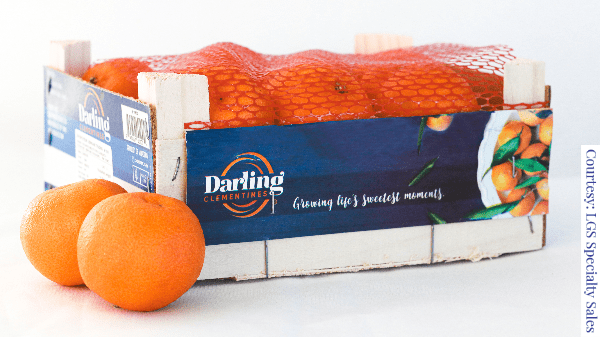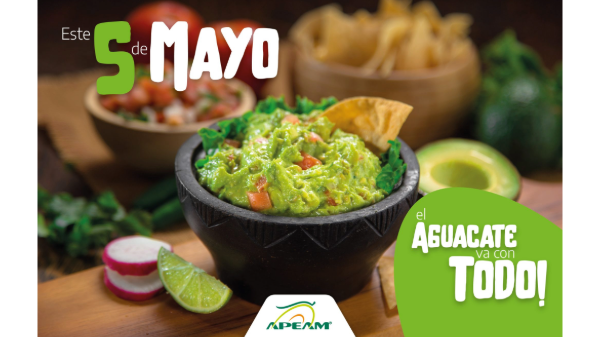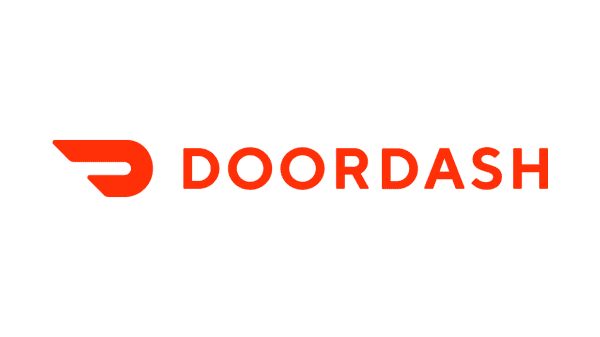Welcome to Blue Book!
Are you ready to join the thousands of companies who rely on Blue Book to drive smarter decisions? View our plans and get started today!
Still have questions? We’d love to show you what Blue Book can do for you. Drop us a line– we’ve been waiting for you.
Elliot Grant, chief technology officer and founder of Redwood City, CA-based YottaMark, Inc., which offers channel intelligence and security solutions to the produce industry, says there are many different types of information available, but “few companies are really paying attention to it” or what it can do for their business.
“There’s a tremendous amount of promise,” agrees Peters. “But certain fundamental building blocks have to be in place to solve the challenges facing produce businesses today.” With supply chain analysis, for example, each case of product needs a unique identifier to digitally track its movement. For much of the fresh produce industry, this type of technology is already in place as part of the Produce Traceability Initiative and stricter safety measures required by the Food Safety Modernization Act.
Grant points out that Big Data requires specialized mathematics, and acquiring the necessary data-crunching software can be quite costly. Further, produce companies are not likely to have statisticians on staff, and this is not the type of task an untrained employee can take over.
Bill Bishop, chief architect of Brick Meets Click, a provider of strategic shopper insights, points out that retailers are already driving Big Data in consumer packaged goods, while the major seed providers have done the same in corn, wheat, and soy production. “In agronomic crops, the big seed companies are taking the lead in collecting and analyzing the data and providing it back to growers,” he explains. “In produce, there’s not the same commercial focus on Big Data, so progress is more sporadic and random, and no one is driving the momentum.”
Still, Bishop predicts the industry will come to rely on Big Data to improve freshness, sales, and profitability. “Big Data and produce are converging pretty quickly,” he says.
Current and Future Opportunities
Big Data can be used to make the supply chain more efficient, maximize freshness at the retail level, increase consumer demand, manage inventory, reduce costs, and improve any number of other aspects of the business. “Imagination is the limit here,” says Erick Brethenoux, director of business analytics and decision management strategy at IBM.
Consumer Applications
Brethenoux notes that produce companies can use Big Data tools to better forecast demand. Several low-cost social media tracking tools and services are available that parse Twitter and other social media sites, for example.








